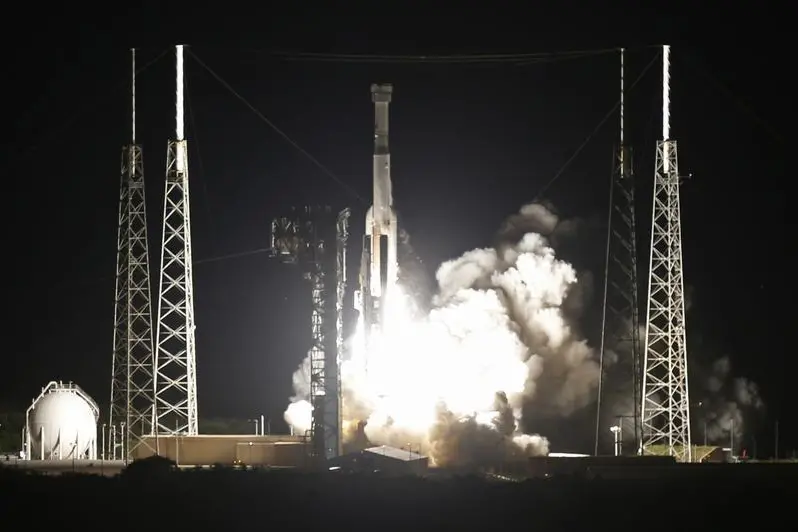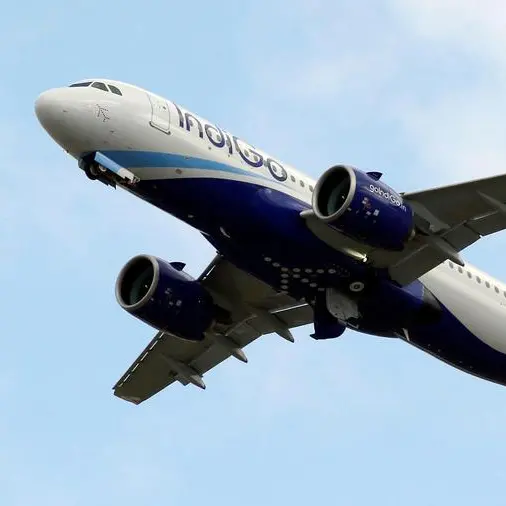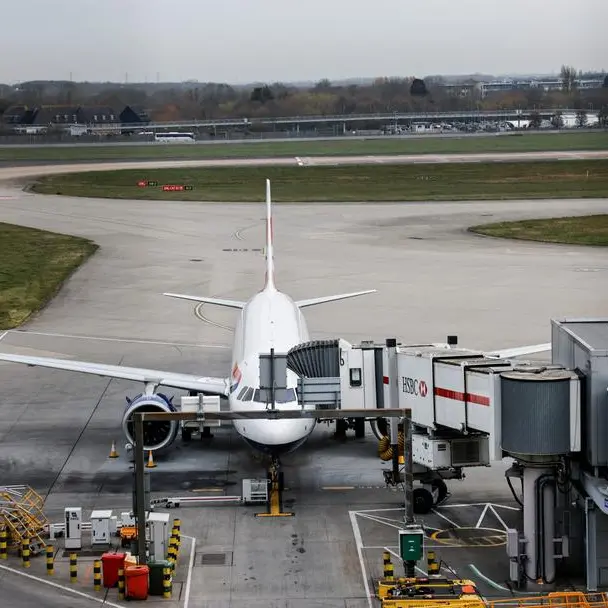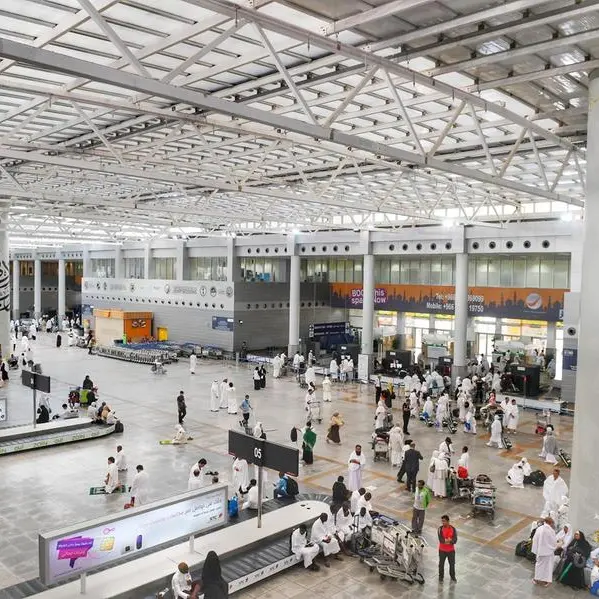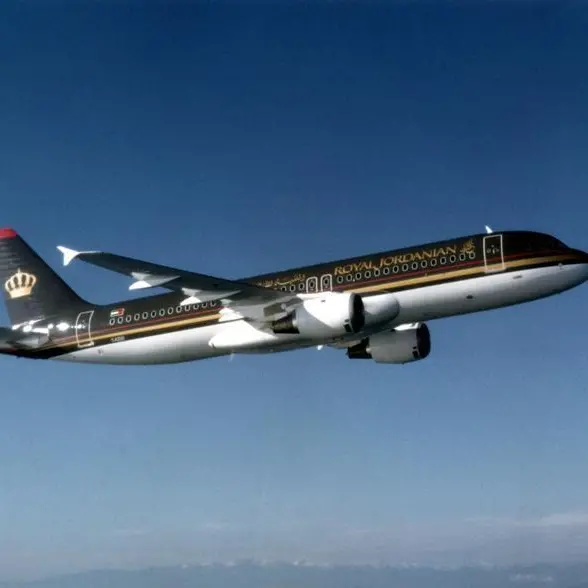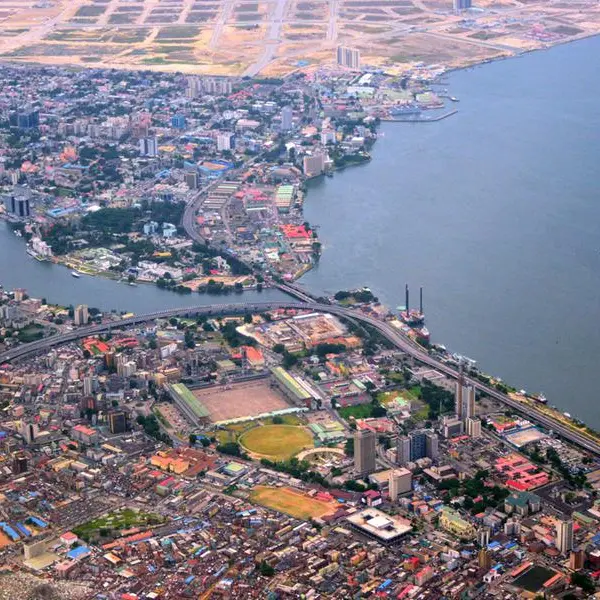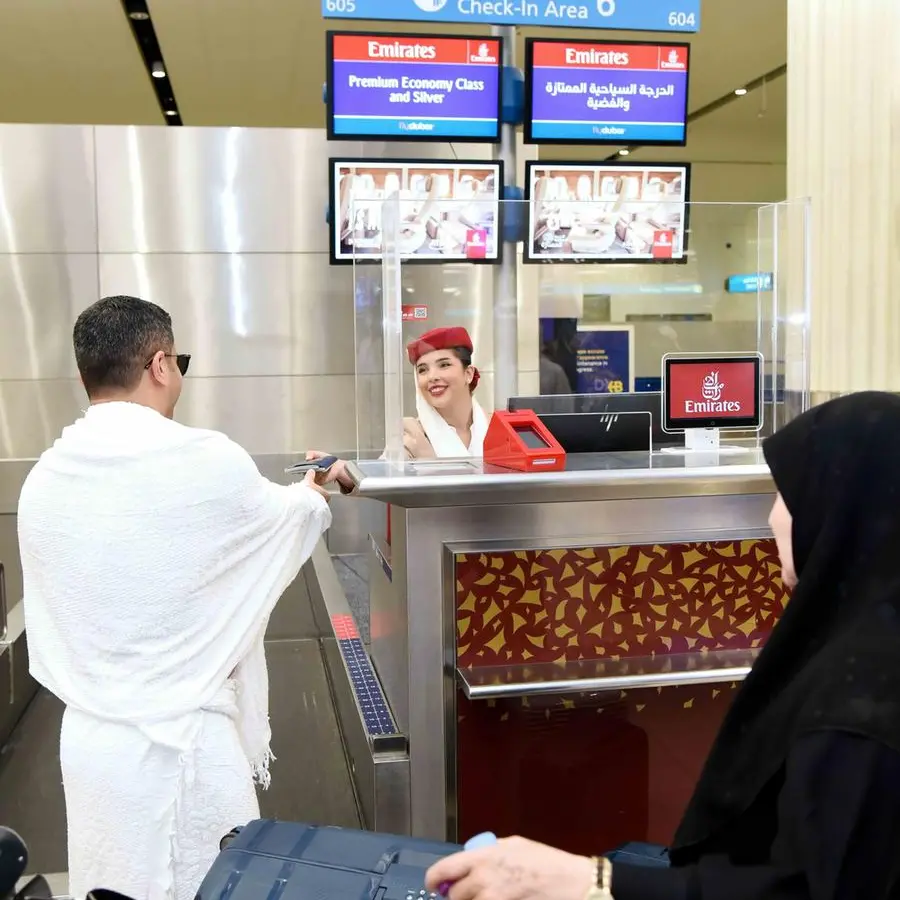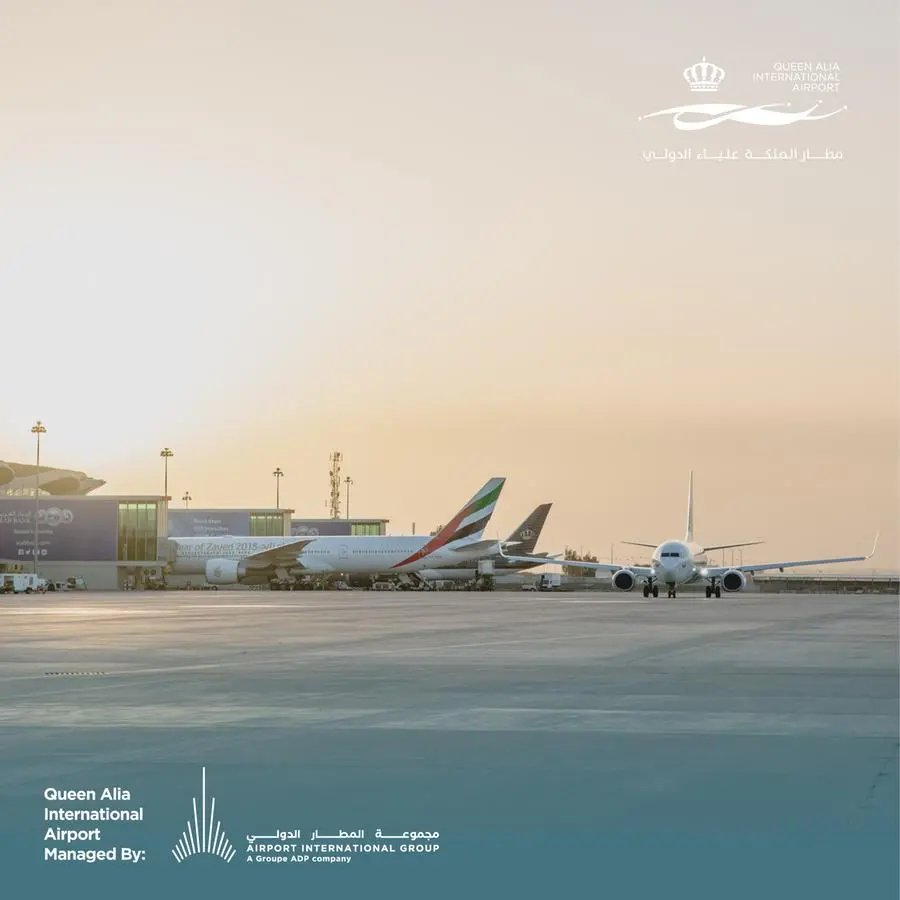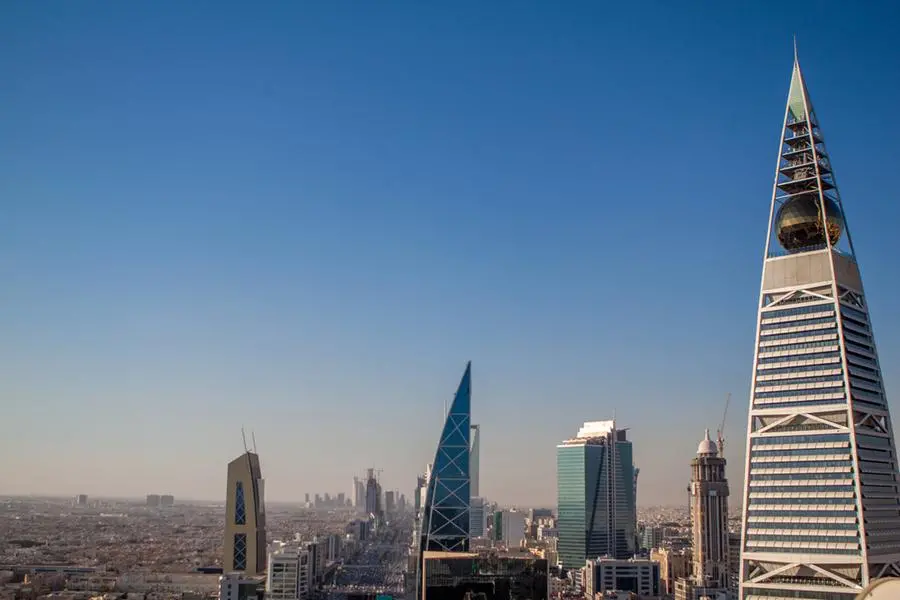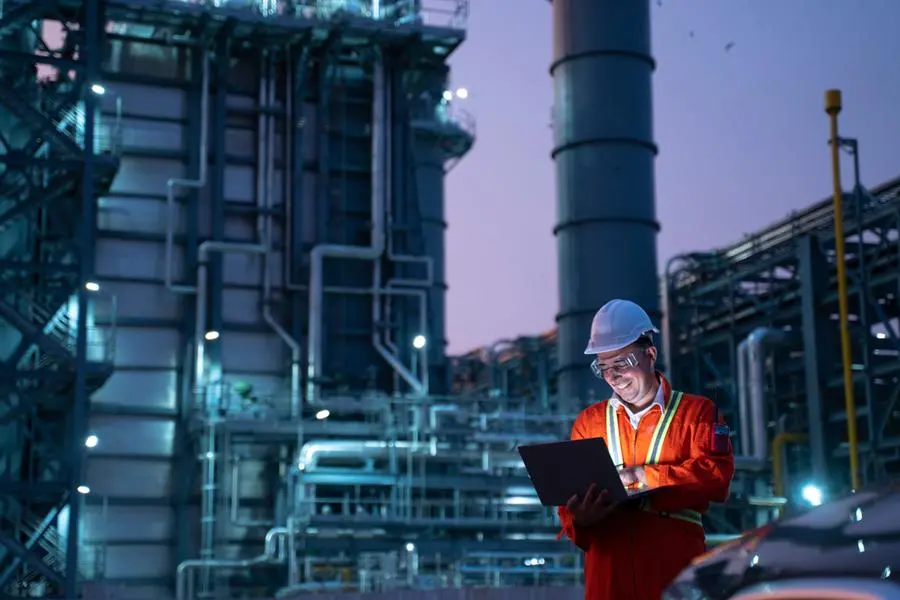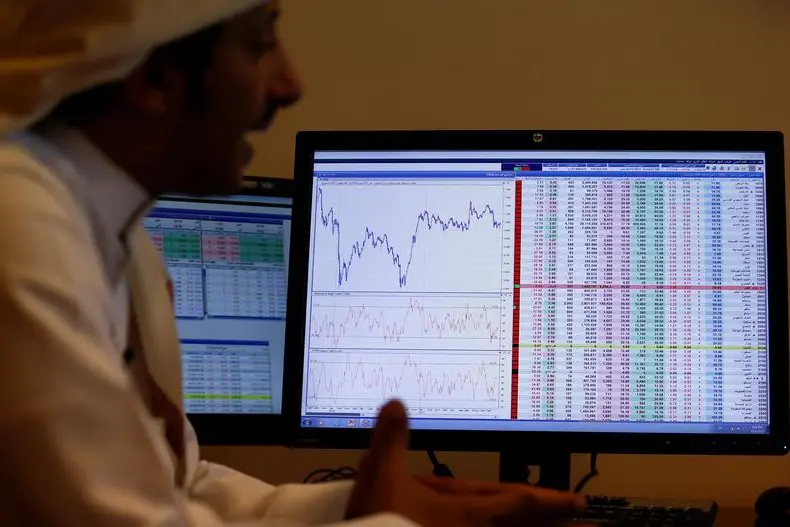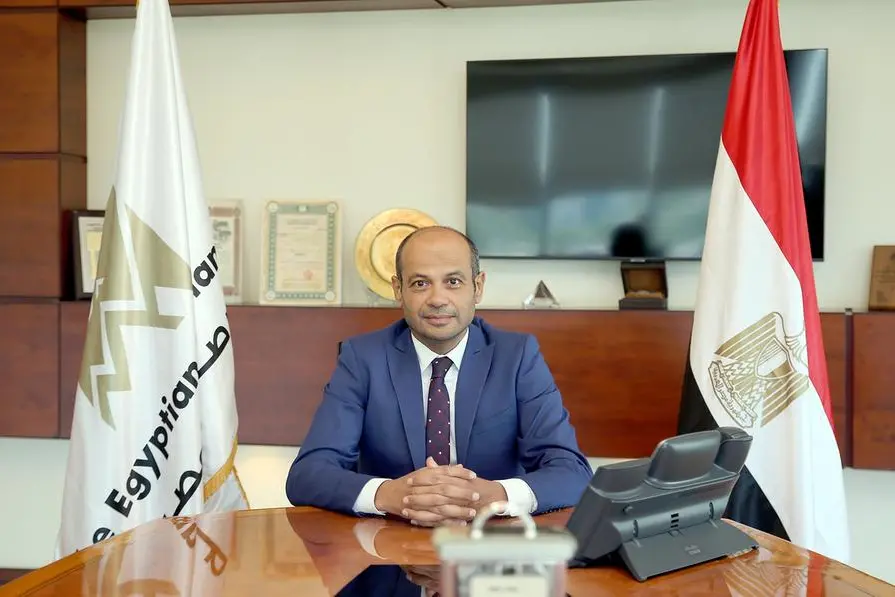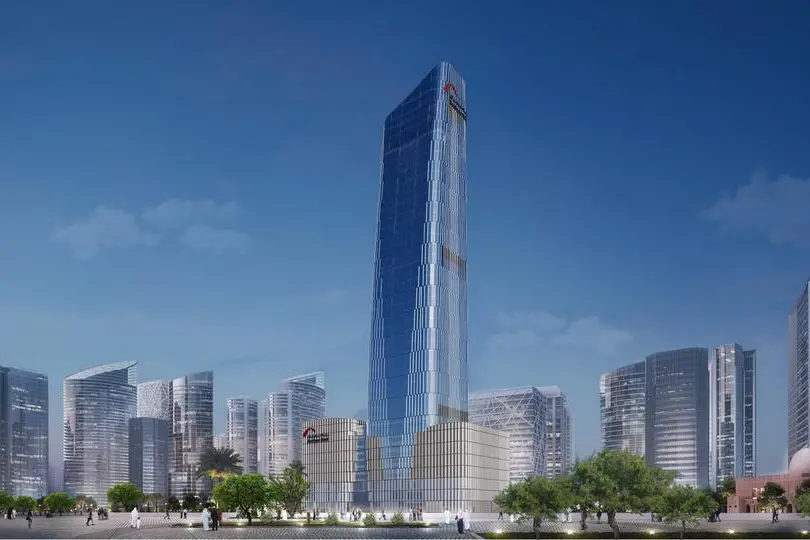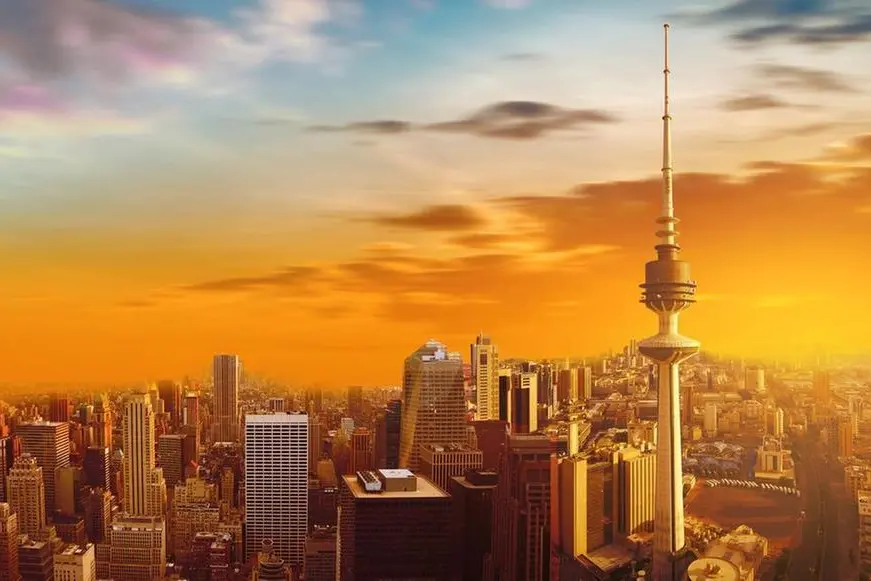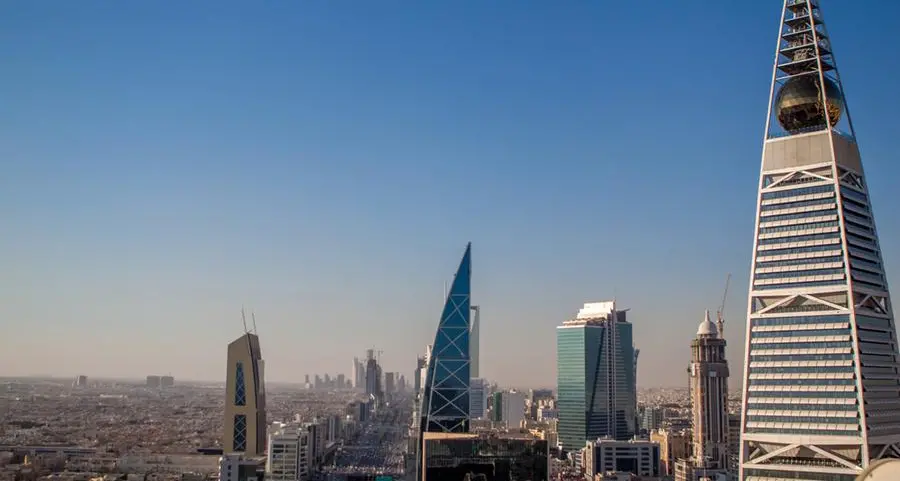PHOTO
The Boeing CST-100 Starliner spacecraft, atop an ULA Atlas V rocket, lifts off on an uncrewed Orbital Flight Test to the International Space Station from launch complex 40 at the Cape Canaveral Air Force Station in Cape Canaveral, Florida December 20, 2019. REUTERS/Joe Skipper - HP1EFCK0ZPI6W
CAPE CANAVERAL - Boeing's new Starliner capsule was set for launch on Thursday on a do-over uncrewed test flight to the International Space Station, aiming to deliver the company a much-needed success after two years of delays and costly engineering setbacks.
The gumdrop-shaped CST-100 Starliner was scheduled for liftoff at 6:54 p.m. EDT (2254 GMT) from the Cape Canaveral Space Force Station in Florida, carried atop an Atlas V rocket furnished by the Boeing-Lockheed Martin joint venture United Launch Alliance (ULA).
ULA said Wednesday evening forecasts called for a 70% chance of favorable weather conditions for an on-time launch.
If all goes as planned, the capsule will arrive at the space station about 24 hours later and dock with the research outpost orbiting some 250 miles (400 km) above Earth at 7:10 p.m. EDT on Friday.
The Boeing craft is to spend four to five days attached to the space station before undocking and flying back to Earth, with a parachute landing cushioned by airbags on the desert floor of White Sands, New Mexico.
A successful mission will move the long-delayed Starliner a major step closer to providing NASA with a second reliable means of ferrying astronauts to and from the International Space Station (ISS).
Since resuming crewed flights to orbit from American soil in 2020, nine years after the space shuttle program ended, the U.S. space agency has had to rely solely on the Falcon 9 rockets and Crew Dragon capsules flown by Elon Musk's company SpaceX.
PAYLOAD & MODEL PASSENGER
The Starliner will not be flying to orbit empty. The capsule will carry a research mannequin to collect data on crew cabin conditions during the journey, plus 500 pounds of cargo for delivery to the space station's crew - three NASA astronauts, a European Space Agency astronaut from Italy and three Russian cosmonauts.
Two of the U.S. astronauts will be tasked with boarding the capsule during Starliner's stay to take measurements of its interior environment and unload the supplies.
Thursday's launch marks a repeat of a 2019 test mission that failed to achieve a successful rendezvous with the space station because of a flight-software malfunction. Subsequent problems with Starliner's propulsion system, supplied by Aerojet Rocketdyne, led Boeing to scrub an attempt to launch the capsule last summer.
The spacecraft remained grounded for nine more months while the two companies sparred over what caused its fuel valves to stick shut and which firm was responsible for fixing them, as reported by Reuters last week.
Boeing says it has since resolved the glitch with a temporary workaround and plans to redesign the propulsion system's fuel valves system after this week's flight.
The Starliner was developed with a $4.5 billion fixed-price NASA contract to provide the U.S. space agency a second avenue to low-Earth orbit, along with SpaceX, and has proven costly to Boeing.
Delays and engineering setbacks with Starliner have led the aerospace giant to take $595 million in charges since the capsule's 2019 failure even as the company strives to climb out of successive crises in its jetliner business and its space-defense unit.
If the second uncrewed trip to orbit succeeds, Starliner could fly its first team of astronauts in the fall, though NASA officials caution that time frame could get pushed back.
NASA astronauts Butch Wilmore and Mike Fincke had been designated to fly Starliner's maiden crewed mission. But NASA officials, reluctant to tie down two astronauts to a flight whose launch date is uncertain, said on Wednesday the mission could end up carrying at least two of any of the four astronauts now training to test-fly Starliner.
(Reporting by Joey Roulette; Editing by Steve Gorman and Gerry Doyle)
